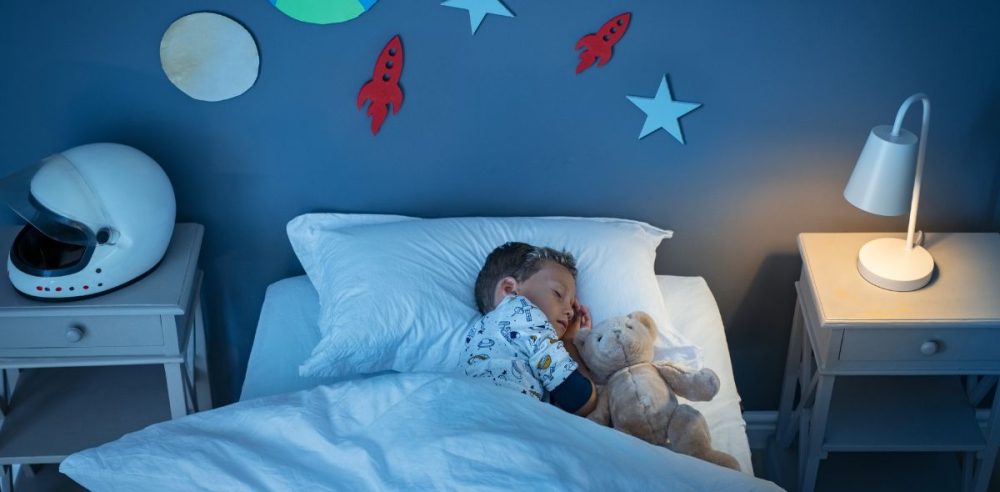A new study says many mattresses contain toxic, brain-harming substances that can be released while children sleep.
According to the team of researchers, children’s mattresses often contain flame retardants and phthalates, which are designed to make products more flexible. Both substances, which can be released while a child sleeps, have been connected to an increased risk of brain damage and cancer.
The study assessed the levels of chemicals in the bedrooms of children as young as six months old and up to four years old. Over two dozen types of flame retardants, plasticizers, and UV filters were discovered.
Notably, the highest concentration of these substances was registered near the children’s beds. A companion study of 16 new children’s mattresses confirmed that the products were likely a significant source of the substances.
“Parents should be able to lay their children down for sleep knowing they are safe and snug,” said study co-author Arlene Blum, executive director of the Green Science Policy Institute, per the Daily Mail.
“Flame retardants have a long history of harming our children’s cognitive function and ability to learn. It’s concerning that these chemicals are still being found in children’s mattresses even though we know they have no proven fire-safety benefit, and aren’t needed to comply with flammability standards,” said Blum.
It is not just brain damage that some of these substances may be causing. Late last year, The Dallas Express detailed how phthalates have been linked to numerous serious health problems, like insulin resistance, heart disease, and obesity.
“Children are uniquely vulnerable to exposure, given that they are still developing, have hand-to-mouth behaviors, and have breathing rates ten times higher than adults,” said the researchers.
“They also have more permeable skin and three times the skin surface area relative to their body weight than adults.”
The team found that a child’s weight and body heat also likely substantially increased the emissions of these chemicals from mattresses.
While the products reviewed were all purchased in Canada, where the study was conducted, most materials were sourced from places like the United States and Mexico. According to the researchers, the study results would likely apply to mattresses produced throughout North America.


